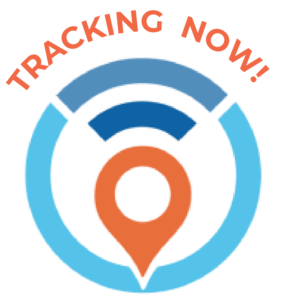China to Australia
- Home
- China to Australia
Specialize in Reliable Door-to-Door Delivery
Smooth, Speedy, Specialized: Meeting All Your
Australian Shipping
Needs
With over $230 billion in annual trade, China and Australia maintain a vital economic partnership. BTS offers unparalleled logistics solutions for this significant trade route, featuring expedited transit times, competitive rates, and advanced tracking technology, ensuring efficient, reliable deliveries. Our services cater to your needs, whether it’s managing customs clearance, providing warehousing solutions, or handling special cargo requirements.
![shutterstock_2477372473 [转换]-01](https://www.btshipping.com/wp-content/uploads/2024/08/shutterstock_2477372473-转换-01-scaled.jpg)
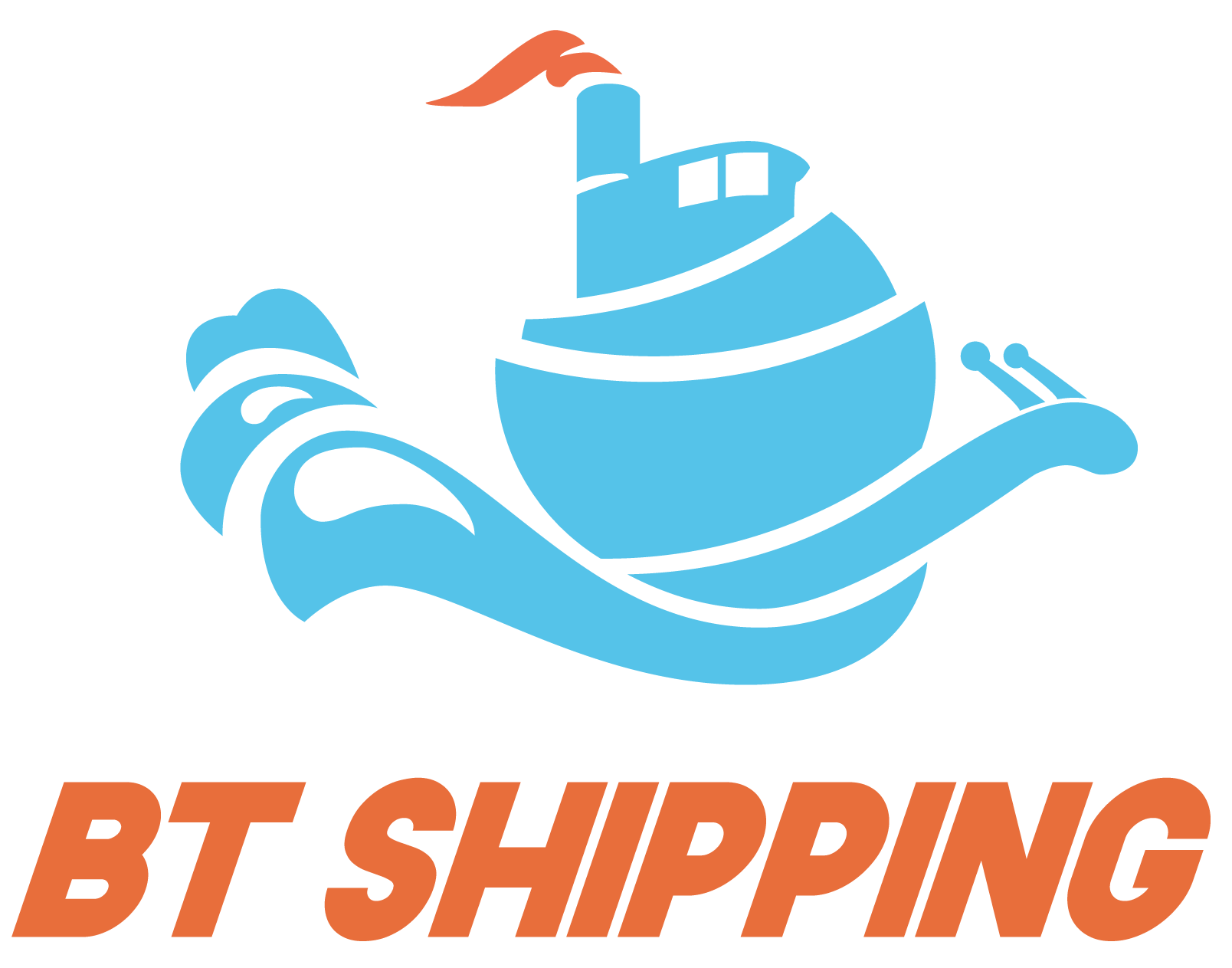
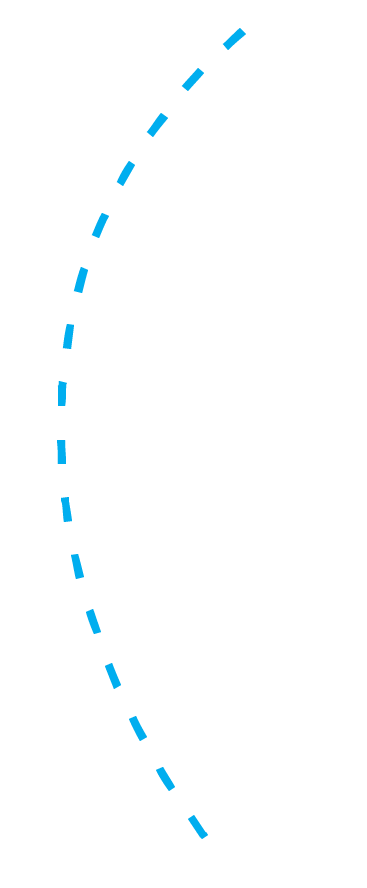
Wide-ranging Shipping Services to Boost Australian Trade
As a top freight forwarder from China to Australia, we deliver superior logistics services designed to boost your business growth in Australia by guaranteeing your cargo is delivered securely and promptly.
Sea Freight
Delivering versatile sea freight options, including FCL and LCL, to major Australian ports like Sydney, Melbourne, and Brisbane. This service ensures cost-effective, reliable, and timely shipment of bulk goods.
Air Freight
Providing rapid air freight shipping from key Chinese airports to major Australian airports, such as Sydney and Melbourne, with delivery times as fast as 3-6 days for urgent, high-value goods.
Express Service
Guaranteeing swift delivery within 1-4 days, the express service ensures time-sensitive shipments reach any Australian destination securely, supported by real-time tracking.
Door to Door Delivery
Covering the entire logistics chain, our door-to-door delivery offers hassle-free transport, customs handling, and final mile delivery from China to any specified address in Australia.
Amazon FBA Service
Managing Amazon FBA requirements, we handle storage, shipping, and compliance, ensuring products are delivered seamlessly to Australian fulfillment centers.
Customs Clearance
We take care of customs clearance with document preparation, duty and tax calculation, and quarantine inspection facilitation, allowing efficient, hassle-free entry of goods into Australia.
Detailed Service Timelines, Characteristics and Advantages
BTS delivers shipments 20% faster than typical industry standards, reducing China to Australia shipping time, and providing prompt and efficient service.
Shipping Types | Estimated Transit Times | Key Characteristics | Why Choose |
Sea Freight | 13-25 days | Best for cost savings on large and small shipments. | Economical and secure for bulk goods. |
Air Freight | 3-6 days | Ideal for fast, urgent deliveries. | Quickest option with minimal transit time. |
Door-to-Door Service | Sea Freight: 30-35 days Air Freight: 10-15 days | Complete service from pick-up to delivery. | Simplifies logistics, with all handling and paperwork managed for you. |
Why BTS: Speed in Delivery, Trust in Service
BTS ensures smooth shipping with extensive experience, advanced logistics technology, and a dedicated customer support team, making your logistics operations hassle-free as a dependable freight forwarder company.
Enjoy Streamlined and Seamless Shipping with BTS
1
Select Shipping Method
Choose the best freight option for your shipment.
2
Customs Documentation and Clearance
BTS manages all customs documentation and clearance.
3
Track Shipment
Monitor your cargo in real-time via our advanced systems.
4
Receive Goods
Timely delivery to your specified destination.
1、 What are the main ports in China used for shipping to Australia?
The main ports in China used for shipping goods to Australia include:
-
Shanghai Port: The busiest and most advanced port in China.
-
Shenzhen Port: Comprising several sub-ports like Yantian, Shekou, and Chiwan, it is known for handling large volumes of international trade.
-
Ningbo-Zhoushan Port: One of the largest cargo ports in China with significant container throughput.
-
Qingdao Port: A major hub for international cargo, particularly in Northern China.
-
Guangzhou Port: Includes Nansha, one of the most significant container terminals.
-
Xiamen Port: Known for its efficient handling of cargo.
-
Tianjin Port: Northern China’s main maritime gateway.
-
Dalian Port: An important international trade port in Northeast China with excellent deep-water berths and modern facilities.
2、What are the main ports in Australia for receiving shipments from China?
The main ports in Australia for receiving shipments from China are:
-
Port of Melbourne: The busiest container port in Australia, handling a large percentage of the country’s imports.
-
Port of Sydney (Port Botany): Vital for both container and bulk cargo.
-
Port of Brisbane: A key port handling container and bulk cargo in Queensland.
-
Port of Fremantle: The main port in Western Australia, crucial for handling imports and exports.
-
Port of Adelaide: An important port for South Australia, handling a range of goods.
-
Port of Darwin: Australia’s northernmost port, important for trade with Asia.
3、 What are the main goods exported from China to Australia?
China exports a wide range of goods to Australia, including:
-
Consumer Electronics: Smartphones, laptops, tablets, televisions, and other personal electronics.
-
Clothing and Textiles: A broad array of apparel, fabrics, and accessories catering to various market segments.
-
Machinery and Equipment: Industrial machinery, electrical machinery, and heavy equipment for various sectors.
-
Furniture: Residential and commercial furniture including beds, sofas, tables, and chairs.
-
Toys and Games: Children’s toys, board games, video games, and other recreational items.
-
Automotive Parts: Various components and accessories for vehicles, including engines, transmissions, and body parts.
-
Household Appliances: Ranges from small appliances like blenders and microwaves to larger appliances like refrigerators and washing machines.
4、What factors influence the cost of shipping from China to Australia?
Several factors influence the cost of shipping from China to Australia:
-
Distance and Route: The shipping route and the geographical distance between the port of origin and the destination.
-
Mode of Transport: The choice between sea freight (FCL/LCL), air freight, or multimodal transport impacts the cost significantly.
-
Fuel Prices: Variations in fuel prices can lead to fluctuations in shipping costs.
-
Shipping Season: Costs can rise during peak seasons (e.g., before holidays) when demand for shipping increases.
-
Cargo Volume and Weight: Larger and heavier shipments typically incur higher costs.
-
Container Type: Specialized containers (e.g., for refrigerated or hazardous materials) are more expensive than standard containers.
-
Customs Duties and Taxes: Fees associated with customs clearance and local taxes in Australia.
-
Insurance: The cost of insuring the cargo against loss or damage during transit.
-
Handling and Freight Forwarding Fees: Charges for port handling, warehousing, and additional services provided by freight forwarders.
-
Port Charges and Local Fees: Costs incurred at both the port of origin and destination, including terminal handling charges, port dues, and local delivery fees.
5、What documents are required for customs clearance in Australia?
The documents required for customs clearance in Australia include:
-
Bill of Lading (BOL): A detailed document issued by the carrier listing the cargo being transported.
-
Commercial Invoice: A detailed invoice from the seller to the buyer, listing the goods, their value, and terms of sale.
-
Packing List: A document detailing how the cargo is packed, including the weight, dimensions, and type of packaging used.
-
Import Declaration: A formal declaration submitted to the Australian Border Force (ABF) detailing the goods being imported, their value, and other relevant information.
-
Certificate of Origin: A document certifying the country in which the goods were manufactured.
-
Quarantine Documentation: Necessary for certain goods subject to inspection by the Department of Agriculture, Water, and the Environment.
-
Product-specific Certifications and Licenses: Additional certifications or licenses required for certain types of goods (e.g., food products must comply with Australian food safety standards).
6、Are there any goods prohibited from being imported into Australia?
Yes, several goods are prohibited or restricted from being imported into Australia, including:
-
Illicit Drugs: All forms of narcotics and controlled substances.
-
Firearms and Weapons: Certain types of firearms, ammunition, and other weaponry without the proper permits.
-
Biological Material: Live animals, plants, and certain biological materials without the necessary permits.
-
Endangered Species: Items made from or containing parts of endangered species protected under CITES (Convention on International Trade in Endangered Species).
-
Asbestos: All forms of asbestos and products containing asbestos.
-
Certain Foods: Foods that pose a biosecurity risk, specific foods without proper permits, including certain meats and dairy products.
-
Cultural Artefacts: Items protected under the Protection of Movable Cultural Heritage Act 1986 without the necessary permits.
-
Pirated/Counterfeit Goods: Goods that infringe on intellectual property rights, including counterfeit electronics, clothing, and other branded items.
7、Can door-to-door service cover both commercial and personal shipments?
Yes, door-to-door services can be used for both commercial and personal shipments. We cater to businesses and individuals, ensuring safe and reliable delivery of goods.
8、How do I choose between sea freight and air freight?
If your goods are less than 200 kg, not very heavy, or urgently needed, air freight is the best option. For larger, heavier, or less time-sensitive shipments, sea freight is more cost-effective.
9、What trade agreements exist between China and Australia?
- China-Australia Free Trade Agreement (ChAFTA):
- Signed: November 17, 2014
- Effective: December 20, 2015
- Key Provisions:
- Tariff Reductions: Gradual elimination of tariffs on a wide range of goods. For instance, over 85% of Australian exports to China now enter duty-free.
- Service Market Access: Enhanced access for Australian service providers in various sectors including legal, financial, and education.
- Investment Protections: Improved legal protections and clearer investment guidelines to encourage bilateral investments.
- Dispute Resolution: Mechanisms for resolving trade disputes, enhancing the stability of trade relations.
- Regional Comprehensive Economic Partnership (RCEP):
- Signed: November 15, 2020
- Effective: January 1, 2022 (for most members, including China and Australia)
- Key Provisions:
- Market Access: Comprehensive tariff elimination and reduction commitments among member countries.
- Trade Facilitation: Streamlined customs procedures and improved trade regulations to facilitate easier movement of goods.
- Investment and Services: Enhanced market access commitments in services and investment sectors.
- E-Commerce: Provisions to support e-commerce and digital trade.
These agreements have significantly boosted bilateral trade and investment, providing a framework for stable and growing economic relations between China and Australia.
10、How long does customs clearance take in Australia?
The duration of customs clearance in Australia can vary, but generally:
-
Standard Clearance: Typically takes between 1-3 business days once the cargo arrives at the port and all necessary documentation is submitted.
-
Complex or High-Risk Goods: May take longer if additional inspections, quarantine checks, or compliance verifications are required. This can extend the clearance process to several days or even weeks, depending on the circumstances.
-
Pre-clearance Arrangements: For certain goods, pre-clearance can be organized to expedite the process, ensuring faster release upon arrival.
11、 What are the import duties and taxes for goods entering Australia?
Import duties and taxes for goods entering Australia include:
-
Customs Duty: The percentage of customs duty varies depending on the type of goods and their country of origin. Under the China-Australia Free Trade Agreement (ChAFTA), many goods enjoy reduced or zero tariffs.
-
Goods and Services Tax (GST): A 10% tax applied to most goods imported into Australia. GST is calculated based on the customs value of the goods, plus any duty and international transport and insurance costs.
-
Luxury Car Tax (LCT): Applies to imported vehicles valued above a certain threshold.
-
Excise Tax: Levied on specific goods such as alcohol, tobacco, and fuel, in addition to customs duty and GST.
To determine the exact duties and taxes applicable to your imports, you can refer to the Australian Customs Tariff or consult BT Shipping.
12、How do you ensure the safety of my cargo during transit?
We ensure the safety of your cargo through:
-
High-quality packaging materials.
-
Experienced handlers.
-
Real-time tracking and monitoring systems.
-
Offering insurance options for added protection.
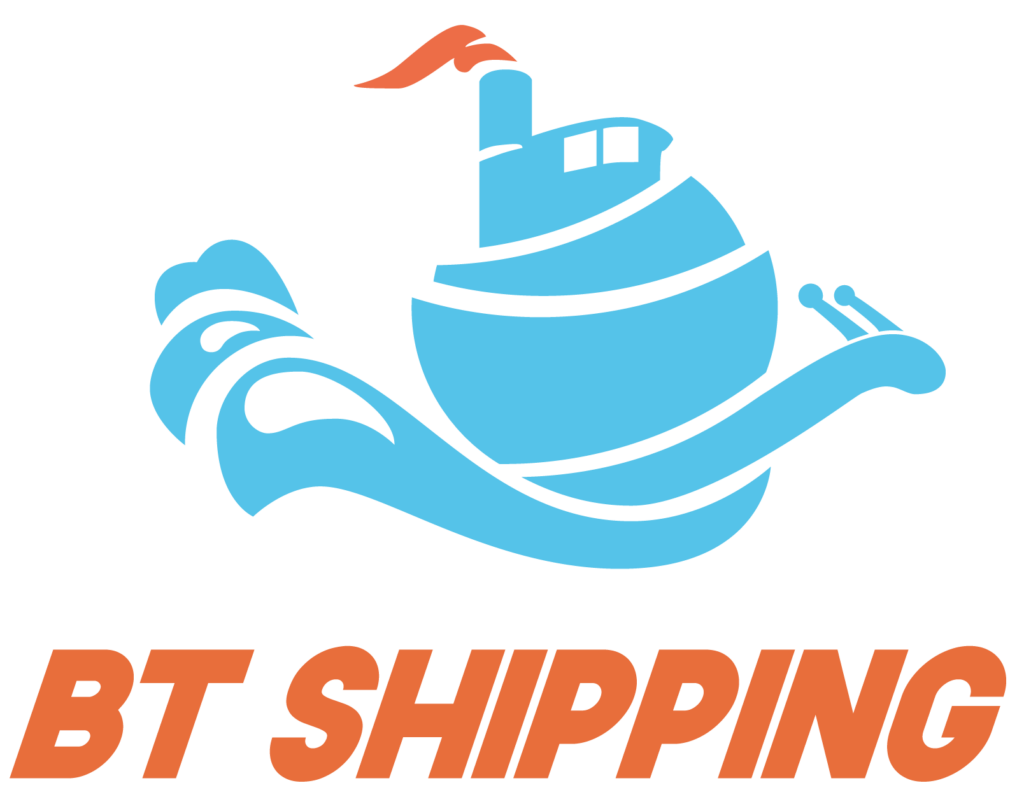

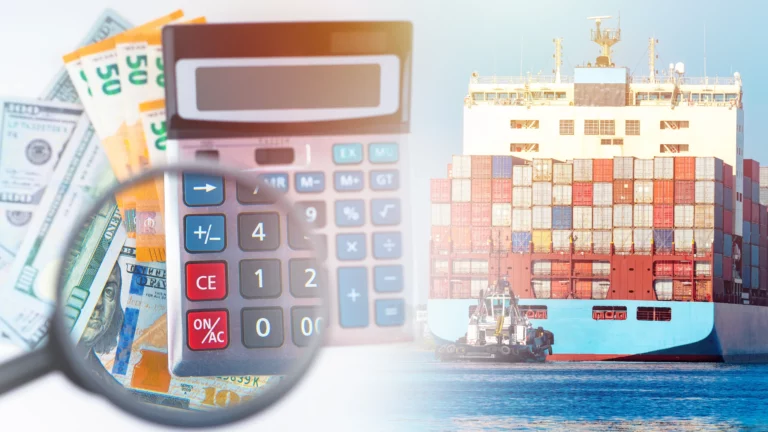
-768x512.webp)


